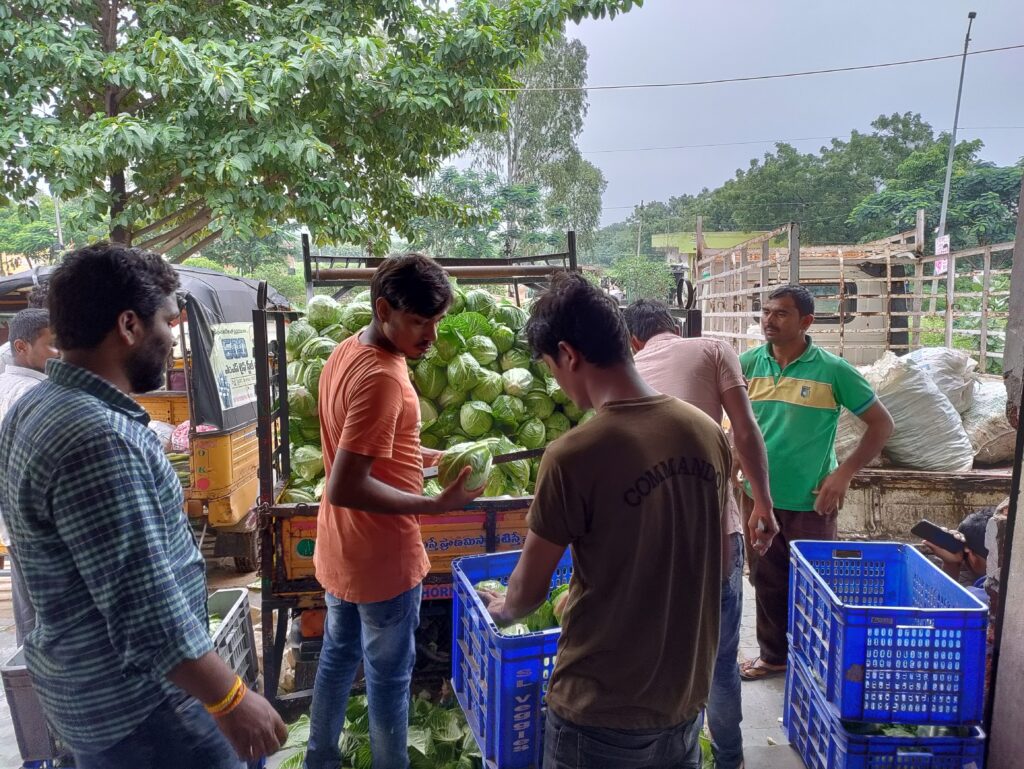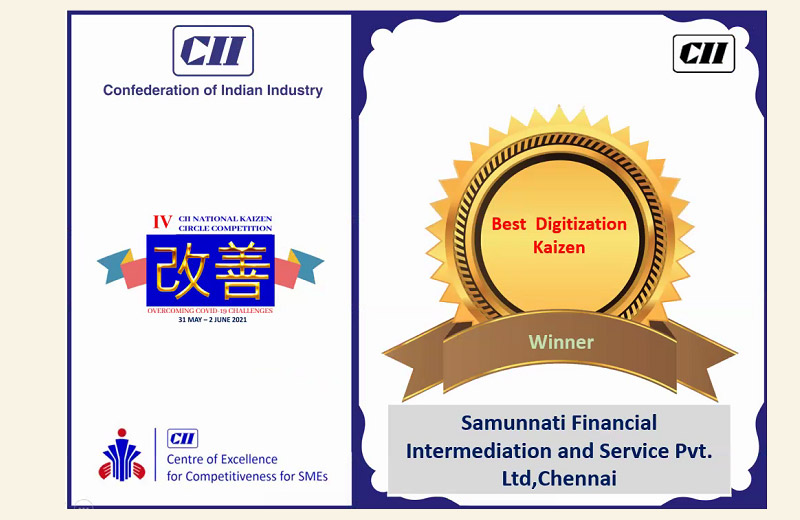Women are the backbone of agriculture. They play the role of farmers, workers, and entrepreneurs, yet they lack resources and opportunities.
They have limited ownership of land and livestock, access to new technology, credit, and financial services, as well as limited channels to receive education, extension, and advisory services. They are not included in decision-making processes as all the decisions are taken by men. Their mobility is restricted to their home and the farm. They have no control over income and finances. These constraints hinder women’s productivity and reduce their contribution to the economic and social development goals of the nation.
Impact of the Gender Gap
Ask anyone to draw a picture of a farmer and they will invariably draw a man!
Women play a vital role in agriculture and allied activities. However, they are never considered as farmers, and their role in agriculture remains unrecognized. They tend to overwork for long hours, causing them to suffer from health issues. When it comes to farming, they often face poor production and post-harvest losses, resulting in low incomes from the farm field. The practice of providing good and timely information on new technologies, techniques, and the provision of extension services can lead to a significant increase in yield; give relief from post-harvest loss and increase women’s income.

Additionally, credit, saving and insurance opportunities can help women in food, output, and economic security at the individual/household, community, and national level. Improving direct access to financial resources leads to investment in human capital, such as children’s health, nutrition, food, and education. Development practitioners and policymakers must ensure that women benefit and participate fully in the process of agricultural development.
Gender Framework
Samunnati works with more than 500 FPOs across India. By supporting FPOs through our AMLA model, we help farmers in accessing finance-providing market linkages and advisory services. In this process, we have found that women often do not receive these services adequately. To close this gender gap, we have developed a gender strategy framework.
To make the framework relevant and contextual to the CEOs, Board members, and shareholders, we integrated various strategies. We have developed a gender policy based on ground realities and a participatory process. Below are a few indicative metrics:

At least 1 Female member from one household

Loans are given by the FPO in the name of the woman or joint names of man and woman

50% women members in a BOD

50% of women must be present in the board meeting at quorum requirement

Women BOD’s participation is mandatory in the following: Board meetings, business meetings, adoption of new technology, and conflict management (e.g. legal issues, financial misbehaviour, POS, conflicts between shareholders.)

Women BODs should be involved in accounts (input, output, and infrastructure loan) and legal compliances (audits, ROC, record, etc.)

Each woman BOD should be responsible to mobilize at least 20-30 women for AGM

All these policies should be documented in FPOs internal policy and pasted on the FPO’s office

Women BODs should be members of all cross-function committees, such as marketing, social procurement. etc.
Besides, we also provide targeted training for women BOD members and women shareholders on topics such as leadership, institutional structures & governance, business management, marketing, costing, pricing, profitability, and calculations. Women shareholders receive training on agricultural practices, extension, and advisory services, etc. We facilitate women BOD members in decision-making and participation in meetings, as well as enabling them to access government schemes and subsidies. We plan to train these women as agronomists who can then deliver training and extension services to more women and men farmers. We also build linkages with local women organizations to learn from their experiences, gain gender expertise and build networks.

Exposure visits are another essential part of women-managed institutions or institutions with gender parity in governance. These exposure visits encourage women farmers and provide role models to them. The goals of this framework are to make women self-reliant, confident, and strengthen them socially, economically, politically, culturally, and emotionally.
In this process, men are not left behind – we recognize and support men members who aid women in bridging the gender gap.




